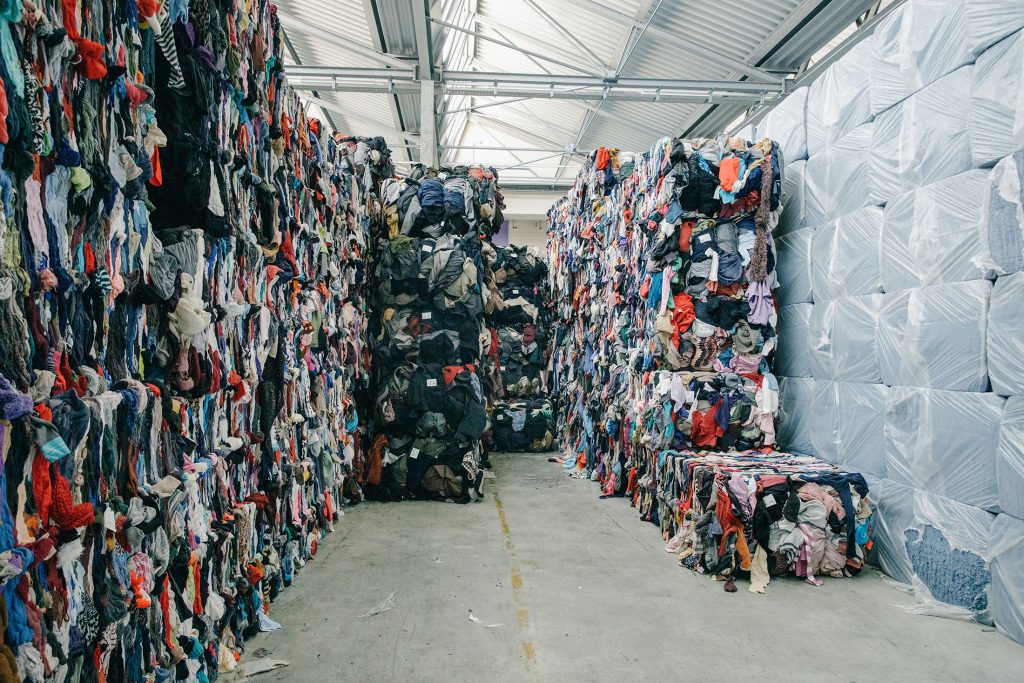H&M Launches New Recycling Program to Close the Loop on Textile Waste

Hennes & Mauritz (H&M) has launched a new recycling program that aims to close the loop on textile waste. The program, called “Looop,” allows customers to recycle their old clothes and turn them into new garments.
Looop is a garment-to-garment recycling system. This means that the old clothes are not broken down into fibers, but are instead recycled into new garments of the same quality and style. The process is done using a machine that shreds the old clothes into fibers, which are then spun into new yarn. The yarn is then knitted into new garments.
The Looop machine is currently being tested in a H&M store in Stockholm, Sweden. If the test is successful, H&M plans to roll out the program to other stores in the future.

The launch of Looop is a significant step forward for H&M in its efforts to become more sustainable. The company has a long-term goal of becoming a fully circular business, and Looop is one of the initiatives that will help H&M achieve this goal.
How the Looop Program Works

The Looop program is simple to use. Customers can bring their old clothes to any H&M store that participates in the program. The clothes will then be scanned and sorted. If the clothes are eligible for recycling, they will be placed in a Looop machine. The machine will shred the clothes into fibers, which will then be spun into new yarn. The yarn will then be knitted into new garments.
The new garments will be available for purchase at the same price as new garments from H&M. Customers will also receive a 15% discount on their next purchase when they recycle their old clothes.
The Impact of the Looop Program
The Looop program has the potential to make a significant impact on the fashion industry. The fashion industry is a major contributor to environmental pollution. It is estimated that the fashion industry produces 10% of global wastewater and 20% of global industrial water pollution. The Looop program can help to reduce these environmental impacts by recycling textile waste.
The Looop program can also help to reduce the amount of clothing that ends up in landfills. According to the Ellen MacArthur Foundation, 85% of textiles end up in landfills or incinerators after they are worn out. The Looop program can help to divert these textiles from landfills and incinerators, and instead recycle them into new garments.
The Future of the Looop Program

The Looop program is still in its early stages, but it has the potential to be a major breakthrough in the fashion industry. If the program is successful, it could be rolled out to other stores in H&M’s global network. It could also inspire other fashion brands to develop their own garment-to-garment recycling programs.
The Looop program is a significant step forward in the fight against textile waste. It is a reminder that the fashion industry can be sustainable, and that it is possible to close the loop on textile waste.
In addition to the above, here are some other details that could be included in the article:
A discussion of the environmental impact of the fashion industry.
An interview with an H&M executive, discussing the company’s sustainability goals.
A look at the future of the Looop program, and its potential impact on the fashion industry.




